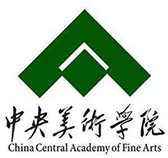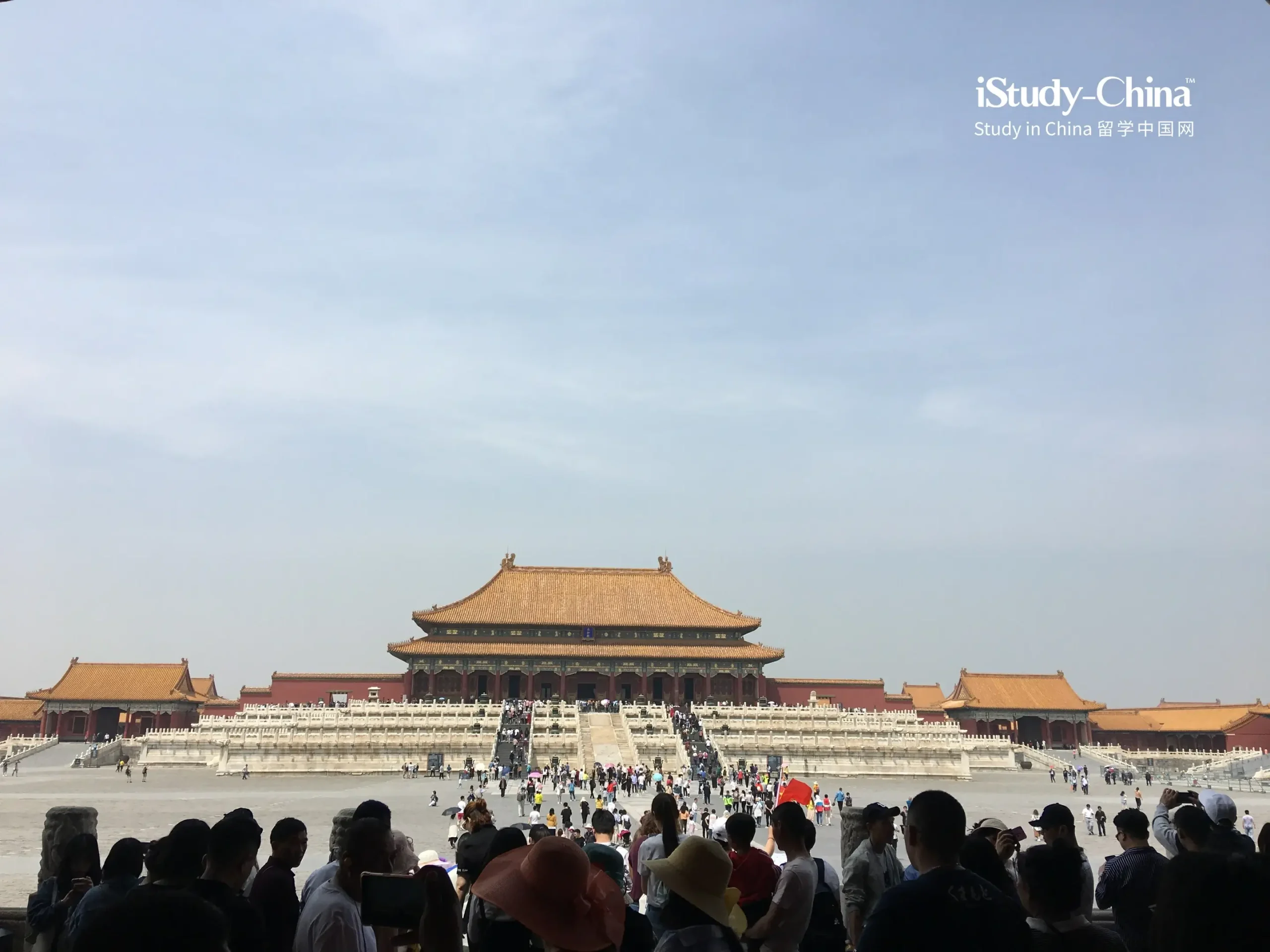School Badge

About Nanjing University of the Arts
The Central Academy of Fine Arts (CAFA) is the only institution of higher education for fine arts under the administration of the Ministry of Education of the People’s Republic of China. The academy has eight specialty schools: School of Chinese Painting, School of Plastic Arts, School of Design, School of Architecture, School of Humanities, School of Urban Design, School of Experimental Art, and Institute of Arts Administration and Education. Besides, the Fine Arts Research Institute, the School of Continuing Education, and the Fine Arts School Affiliated with the China Central Academy of Fine Arts, also come under the umbrella of CAFA. The academy offers specialized secondary programs (the Affiliated High School of Fine Art), college certificate programs (the School of Continuing Education), undergraduate programs, Master’s degree programs, Doctoral degree programs, and visiting scholar programs. At present, there are 662 teachers and staff, over 4,700 domestic undergraduates and graduates, as well as hundreds of international students coming from a dozen countries. The school covers a teaching and research area of 495 mu (around 330,000 square meters), with total floor area of 247,000 square meters.The academy is committed to building a discipline structure of modern education for fine arts where disciplines such as plastic arts, design, architecture, and humanities support and influence each other. It strives to take lead in building art education system with Chinese characteristics in the new century so as to be highly praised by the international art education community for its high teaching quality and excellent research results with distinctive Chinese characteristics. CAFA has become a leading academy in the field of high education for fine arts in China as well as plays an important role in the world-class fine arts schools.
History of CAFA
The Central Academy of Fine Arts was originally the National Art School in Beiping. The history of National Art School in Beiping might date back to the founding of the National School of Fine Arts in Beijing in 1918, advocated by the notable educator, Cai Yuanpei. Zheng Jin, a famous art educator, served as the first principal of the National School of Fine Arts in Beijing. It was the first national school of fine arts in Chinese history, and also the beginning of Chinese modern education of fine arts.In November 1949, the National Art School in Beiping merged with the department of fine arts at third campus of North China University, which was originally the department of fine arts at Luxun Academy of Arts in Yan’an founded in 1938. Authorized by the Central People’s Government, the National School of Fine Arts was founded. Chairman Mao Zedong wrote the school name. Xu Beihong served as the first president.
In January 1950, approved by the Government Administration Council of the Central People’s Government, it was officially named the Central Academy of Fine Arts. On April 1, the inauguration ceremony of CAFA was held at its campus in No.5 Xiaowei Hutong, Wangfujing, Beijing.
Celebrated teachers
Over the past 95 years, CAFA has gathered a group of top artists represented by masters in the field of fine arts in China to form a high-quality faculty team.Prior to the founding of the People’s Republic of China, CAFA, though went through a tortuous path, attracted many famous artists to serve as its faculty members. Among them were masters of Chinese painting such as Chen Shizeng, Qi Baishi, Huang Binhong, Pan Tianshou, Lyu Fengzi, Chen Zhifo, Jiang Zhaohe, Ye Qiaoyu, Fu Xinshe, Wu Jingting, Li Kuchan, Li Keran, and Wang Xuetao. Some art masters and historians returning from overseas also joined CAFA, including Lin Fengmian, Xu Beihong, Wu Fading, Wen Yiduo, Teng Gu, Wu Zuoren, Chang Shuhong, Ai Qing, Pang Xunqin, Hua Tianyou, and Zhu Guangqian. Some influential literati and artists also once taught full-time or part-time here, such as Yu Dafu, Zhou Zuoren, Xie Bingxin, Xiong Foxi, Xiao Youmei, and Liu Tianhua. The academy has cultivated many talents with great influence, including Wang Ziyun, Liu Kaiqu, Tan Zuyao, Xian Xinghai, Lei Guiyuan, Li Jianchen, Wang Manshuo, and Fu Tianchou.
After the founding of the People’s Republic of China in 1949, CAFA has been joined by a large number of talented artists with progressive ideas and profound humanistic qualities. The outstanding faculty team, good at both creation and teaching, is phenomenal in the country’s fine arts circle and the fine arts education community at that time. It boasts the strongest faculty team among such academies in the country. Besides the above-mentioned teachers, the academy has trained more artists and art theorists with great reputation across the country. Outstanding Chinese Painting artists and art theorists include Tian Shiguang, Liu Lingcang, Zong Qixiang, Li Hu, Guo Weiqu, Gao Guanhua, Zhang Ding, Xiao Shufang, Li Qi, Liu Boshu, Lu Shen, Zhou Sicong, Huang Runhua, Yao Youduo, Jia Youfu, Guo Yicong, and Zhang Lichen. Outstanding Oil Painting artists and art theorists include Hu Yichuan, Ai Zhongxin, Luo Gongliu, Dong Xiwen, Wang Shikuo, Xu Xingzhi, Feng Fasi, Ni Yide, Wu Guanzhong, Dai Ze, Sun Zongwei, Wei Qimei, Li Zongjin, Zhao Yu, Lin Gang, Hou Yimin, Zhan Jianjun, Jin Shangyi, Sun Zixi, Du Jian, Li Tianxiang, Zhong Han, Wen Lipeng, Pan Shixun, Zhu Naizheng, and Yuan Yunsheng. Outstanding Printmaking artists and art theorists include Jiang Feng, Li Hua, Gu Yuan, Yan Han, Wang Qi, Huang Yongyu, Xia Tongguang, Chen Xiaonan, Hong Bo, and Wu Biduan. Outstanding Sculpture majors include Liu Kaiqu, Zeng Zhushao, Wang Bingzhao, Fu Tianchou, Liu Xiaocen, Situ Jie, and Qian Shaowu. Outstanding Art History artists and art theorists include Wang Xun, Wang Chaowen, Cai Yi, Chang Renxia, Zhang Anzhi, Jin Weinuo, Shao Dazhen, Li Chun, Bo Songnian, Tang Chi, Li Songtao, Sun Meilan, and Li Shusheng. These experts constitute the most outstanding team for fine arts creation and historical research in the country’s fine arts circle after the founding of the People’s Republic of China.
Discipline introduction
The academy offers 20 undergraduate majors: Chinese Painting, Calligraphy, Painting, Sculpture, Experimental Art, Visual Communication Design, Industrial Design, Product Design, Digital Media Art, Clothing and Apparel Design, Photography, Fine Arts, Theory and History of Arts, Cultural Industries Management, Architecture, Landscape Architecture, Film and Television Photography and Production, Environmental Design, Public Art, Animation.Since 2004, the academy has started to try out an academic credit system for teaching management and a new academic calendar. There are 38 teaching weeks in every academic year. Every academic year is divided into three semesters. The first 20-week semester is for compulsory courses required by the academy and schools. The second 10-week semester is for professional courses and courses taught off-campus. The third eight-week semester is for professional electives and public courses. Students can choose to study interdisciplinary courses according to their own hobbies and professional development needs.
Teaching conditions
The academy covers a teaching and research area of 495 mu (around 330,000 square meters), with total floor area of 247,000 square meters. The Wangjing Campus covers an area of 205 mu, with total floor area of 144,000 square meters. The Yanjiao Campus covers an area of 205 mu, with total floor area of 68,000 square meters. The Houshayu Campus covers an area of 67 mu, with total floor area of 29,000 square meters. The Xiaoying Campus covers an area of 18 mu, with total floor area of 6,000 square meters.Classrooms, professional experiment workshops (laboratories), libraries, art galleries, gyms, multimedia classrooms and other teaching facilities are all in good condition at the academy. Professional experiment workshops (laboratories) are well-equipped with high technologies, strongly supporting the academy’s professional teaching and discipline construction. The library is one of the most advanced libraries for fine arts in China with nearly 400,000 books. The museum houses precious collections, including more than 2,000 scroll paintings by artists since the Ming and Qing Dynasties. Besides regularly organizing exhibitions of work by the academy’s teachers and students, the museum also exhibits fine arts work with high academic level by artists at home and abroad. What’s more, both gyms and multimedia classrooms can meet various teaching requirements.
In addition, CAFA also has two Class A academic publications at the national level: Art Research and World Art.







